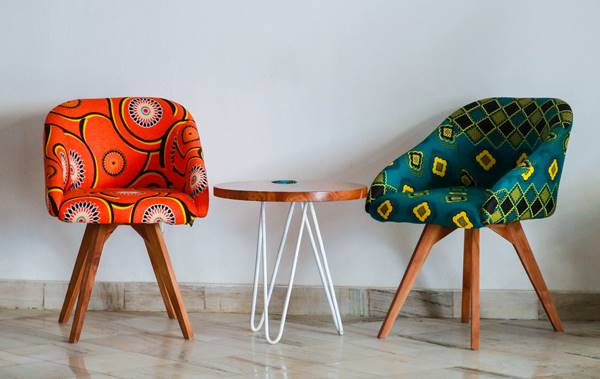Handcrafted Indian Furniture
India, as we know her today, is a conglomerate of cultures, ideologies, dreams and thought processes. History is witness to the fact that India has always assimilated part or all of the cultures that have been brought to her land. From art to cuisine, from dress to architecture, foreign influence on India is evident in all walks of life.
One such recipient of considerable global influence over the ages is Indian furniture. Traditionally, furniture never occupied a significant position in the Indian lifestyle. Except for a few places like the Vijayanagar Empire, where intricately carved furniture was used for ceremonial purposes, furniture did not find a place in the Indian household. This changed with the advent of the Portuguese in the 15th century AD.
Dismayed by the sheer lack of furniture in the host country, Portuguese traders started shipping furniture from home, with the hope that local Indian craftsmen would be able to replicate them. Indians have never been great at copying! The result was a mix of European and Indian styles. Indo-Portuguese, followed by Indo-Dutch and English styles – the Indian furniture saga had begun.
India has always been known worldwide for wooden furniture, mainly due to the plentiful availability. Commonly used wood included rosewood, teak, ebony, acacia and sheesham. Nowadays, white cedar wood or Marandi, Sal wood and satin wood are also being used.
The changing styles of furniture over centuries closely follow the various foreign invasions that left an indelible mark on our country. With the arrival of the Portuguese came the Indo – Portuguese styles. The Mughal Style, found in northern India, featured items like writing desks and tables, using dark hardwoods like ebony, with inlaid bone or ivory decorations. South India’s Goanese Style adapted traditional Portuguese forms and created large furniture with intricate inlaid and incised geometric decorations.
Then came the Indo – Dutch furniture, which used both light – coloured hardwoods and dark woods, with elaborate carved and inlaid decorations.
The 18th century saw the arrival of the British, who brought along furniture styles like Chippendale and Sheraton. Chippendale furniture, originally created by blending gothic, rococo and Chinese designs, now saw the addition of Indian decorations.
Nowadays, elaborateness and ornamentation have been replaced by lightness,
durability and versatility, as befitting the smaller homes and simpler lifestyles of the modern Indian. This has also led to the introduction of another type of material– engineered wood. With the growing demand for both traditional and engineered wood furniture in urban India and the world, more players are now entering the hitherto unorganized Indian furniture sector. This growing demand is riding on rapid urbanization, growth of the real estate sector and growing popularity of e-retail.
Globally, India contributes less than 5% of the furniture market. With better
customer relations, increased supply of ready – to – install, bespoke furniture, the current global trade scenario and greater stress on indigenous capabilities, India’s
presence in the global market is set to increase drastically.
Want to take a look at India’s future? Well, take a seat.


